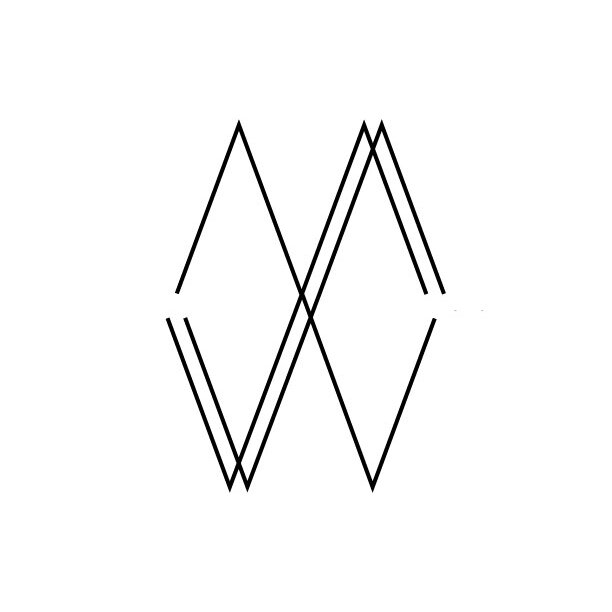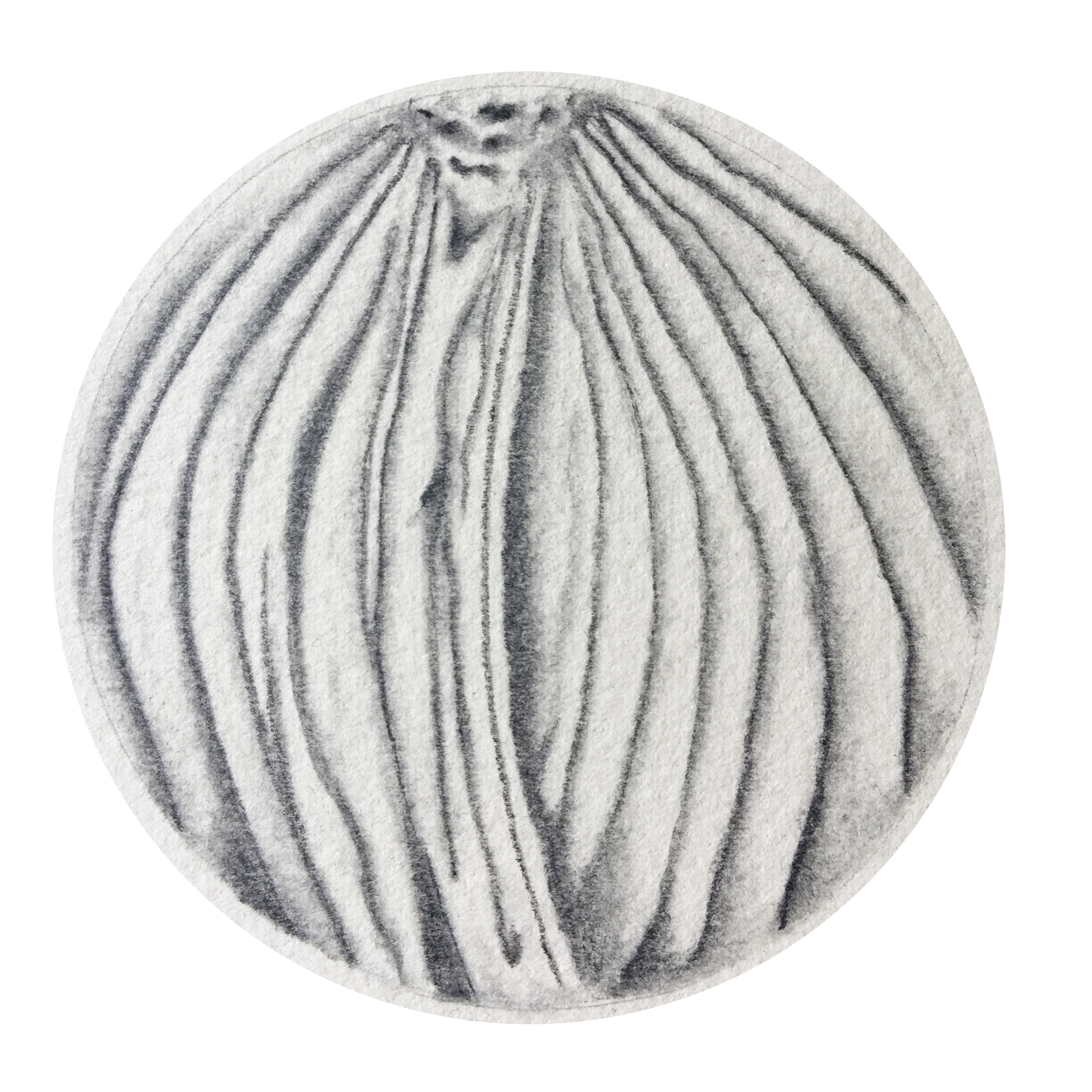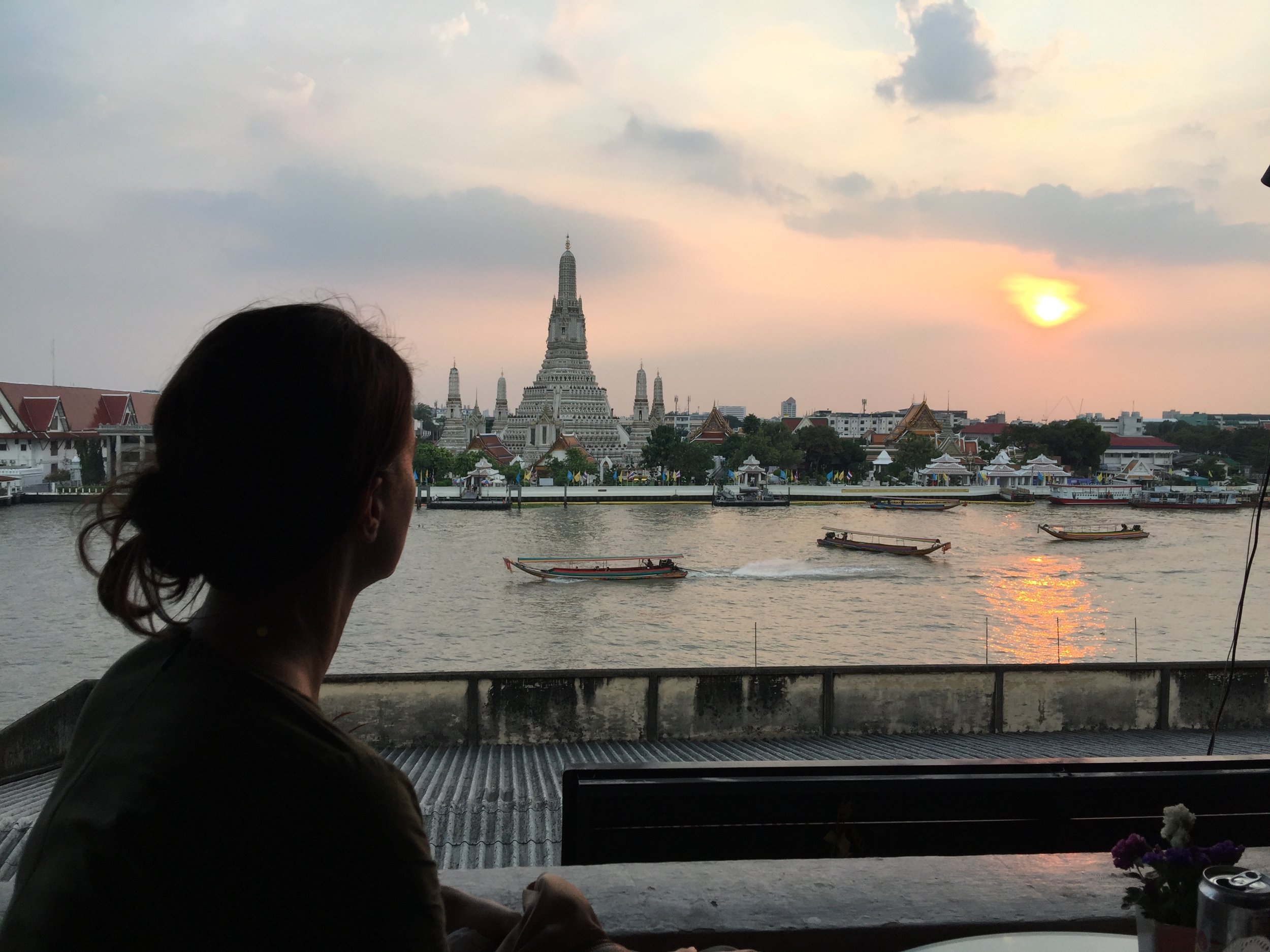I was weaned on sapphire skies. Beneath oak tree canopies the blue shot through, transforming our backyard into a sensory wonderland. Later on, when I lived near the Pacific and Atlantic coasts, I would marvel at the way the sky disappeared into the sea, an earthly communion early man must have marveled at, too.
India Arie’s song, “Moved By You”, eloquently and lovingly captures the symbiotic relationship of being moved by creation. A devotional to the Divine, the song underscores the generative forces of inspiration that enable us to take action:
You're the eyes of a child,
You're a horse running wild,
You're the cracking open of a heart,
You make me feel so alive,
I am honoured to know,
The twinkle of your star.
…
I give thanks for my time upon the planet Earth,
By all of your beauty,
I am so inspired
On most days where I live now, a blanket of gray snuffs out the fires of inspiration. With an annual air quality average considered unhealthy for most people, it literally takes my breath away. But if a simpatico relationship with nature—the mother of all inspiration—isn’t possible, how else is it born?
“Curiosity, in a way, makes you open doors, makes you surpass yourself, makes you go places,” said Martine Franck. Among her accomplishments, Franck has been one of a small number of women to be invited to join Magnum Photos for her photographic work. Citing influences such as British photographer Julia Margaret Cameron and American photographers Dorothea Lange and Margaret Bourke-White, Martine’s oeuvre was portraiture.
In 1996, Martine had been following the stories of two churches that were occupied by more than 500 sans-papiers refugees, mostly from Mali, who were protesting with hunger strikes. Before the government stormed the consecrated space with tear gas and violence, Martine visited one of the churches to photograph the people within, especially the women.













